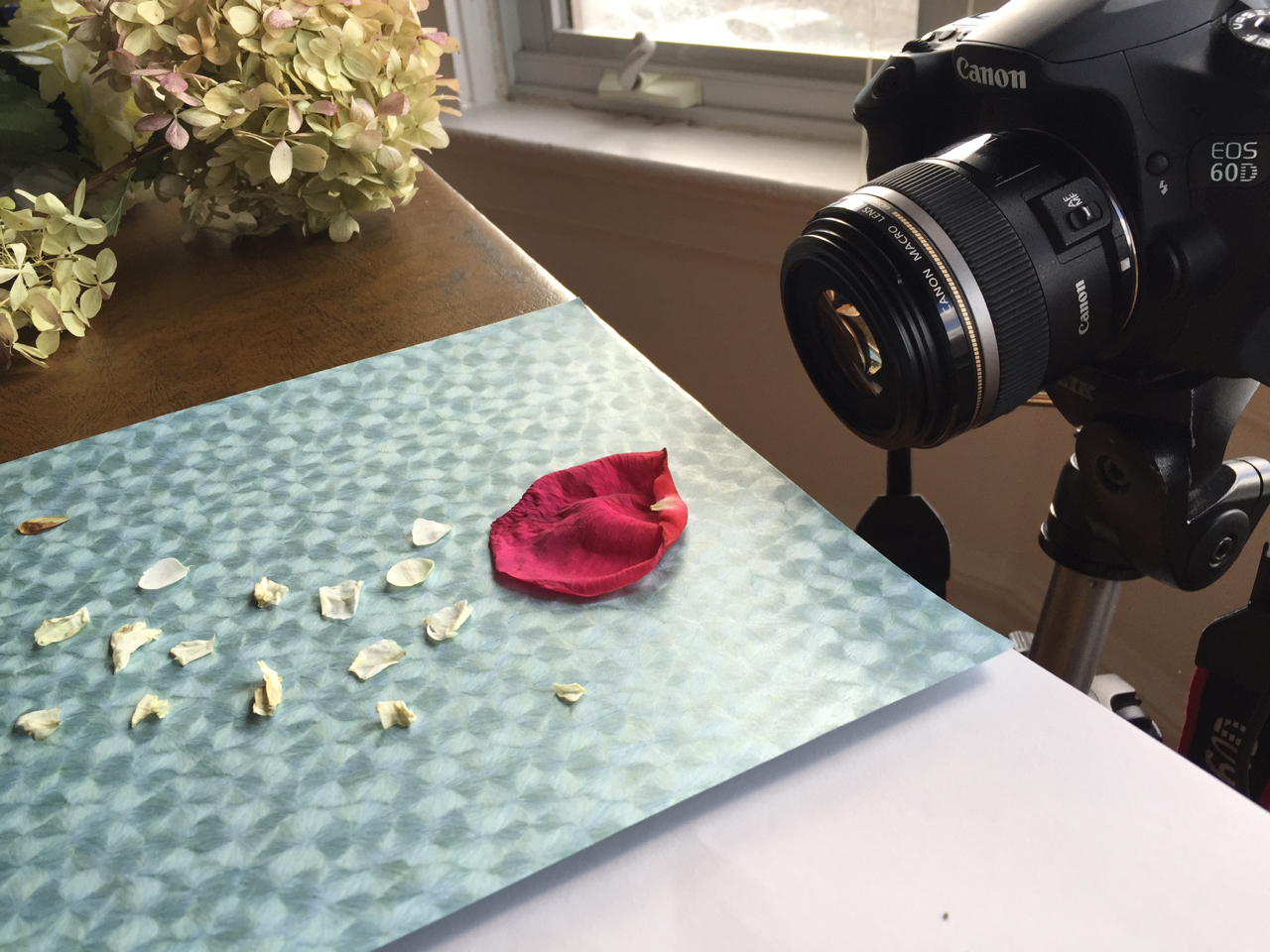I’m almost five months into posting stories and images for Grief Landscapes, and every week there is a new outpouring of response; through comments on Facebook, from emails I receive, or from people telling me face to face the effect the project has had on them. Some people tell me that reading the stories has helped them feel less alone in their grief, and others mention that the project has taught them how to be there for others. One example that really moved me:
I lost a friend this week–she was pregnant and collapsed on Monday. Both died instantly. I heard the horrible news when I received an email that I had to read about five times before the news actually set in. It was an invitation to celebrate the "life and love of Julia.” Once I realized what the email was saying, I said I'd be there, without question. I wasn't afraid I'd have nothing to say to her mother or sister. I wasn't afraid I wouldn't know what to bring or what to wear. Thanks to Grief Landscapes, I knew exactly what to do: be there. It was a beautiful event. I brought a loaf of bread and a growler of beer for her husband. I walked up to Julia's mother and told her I just wanted to offer a hug. She breathed a sigh of relief and thanked me for being there as she hugged me, a stranger. While I know I could have done this for a friend or relative before Grief Landscapes, I am certain I wouldn't have felt comfortable offering support to a stranger. Thank you.
I’m starting to realize that while there are many facets to Grief Landscapes, one of the major hopes I have had for the project is to start conversations about how we can be there for people who are grieving. How we can connect with each other, listen, and not turn away.
People are uncomfortable with grief. I’ve noticed how many people change the subject when I tell them what I’m working on. But if I’ve learned anything so far, it’s that people who have lost someone they love are thinking of that person every day. Mentioning to them that you are thinking of them, or saying the name of the person who died, helps them know that you remember too.
So if there’s anyone you know who has had a loss, why not introduce them to the project and tell them you’re thinking of them? I know not everyone necessarily wants to hear or read about other people’s grief (after all, the project is about how everyone grieves differently), but even the gesture can help let someone know that they’re not alone.
Some other things of note:
- Many people ask me what inspired me to start working on Grief Landscapes, and recently I was able to go more in depth about the origins of the project in an essay for the beautiful and groundbreaking online magazine Modern Loss. You can read that essay here.
- I went to a Death Cafe in Toronto last month, and ended up on CBC radio! A Death Cafe is an informal gathering where people can come together to talk about death and dying. You can hear the snippet of conversation I had with some of the other attendees in the first 5 minutes of the piece, but I recommend listening to the whole thing.
- I’m partnering with the amazing website What’s Your Grief for their new photography ecourse: Exploring Grief Through Photography, which is part of their PhotoGrief initiative. I love the site, and I’ve used it a lot during my research. I’ll be developing an assignment for the course based on Grief Landscapes. The course will run from May 23rd until July 3rd, and I encourage anyone who would like to explore their grief visually to sign up.
My other big announcement is that I’m setting a deadline for gathering the remaining stories I’ll need for Grief Landscapes: June 15th. I’ve received incredible submissions, so it’s time to put a cap on it so I can sort out which stories I’ll make images for to complete the first stage of the project. In a few months, I’ll be able to tell you more about what’s to come with the next stage. In the meanwhile, please consider submitting your story to the project!




